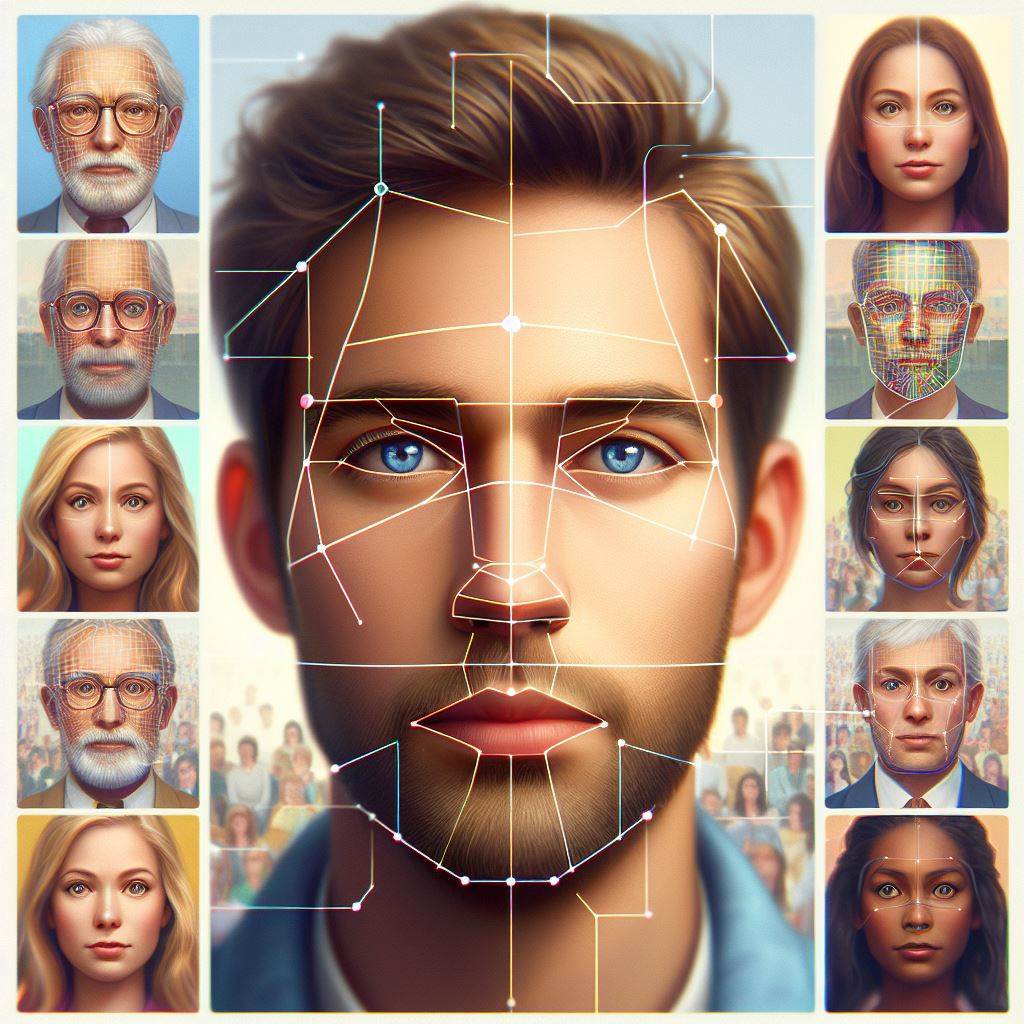Google has issued an apology for its new AI image generator Gemini. It was broadly criticized for producing images that often excluded or distorted people.
Gemini was launched earlier this week. It is a tool that allows users to enter a text description and get an accurate image in return. However many users noticed that Gemini would either fail to generate white people or create them with unusual features, such as blue eyes, blond hair, or dark skin.
For example, when asked to generate an image of “a group of happy friends having a picnic”, Gemini produced an image that only featured people of color. When asked to generate an image of “a portrait of a young woman with brown hair and green eyes”, Gemini created an image of a woman with blond hair, blue eyes, and dark skin.
The matter ignited a counterattack on social media. The users blamed Google for being biased, racist, or “woke”. Some users also pointed out the irony of Google’s image generator failing to represent white people, given that Google has been critiqued in the past for its lack of diversity in its workforce and products.
Google said that Gemini was designed to create diverse and comprehensive images. But it also admitted that it had “overcompensated” in some cases and “got it wrong”. Google said that it had removed the most unambiguous content from the training data, such as violent, hate, or adult images. This had also reduced Gemini’s exposure to white people.
Google said that it was working to fix the issue and improve Gemini’s performance and accuracy. Google also said that it was sorry for any offense or harm caused by Gemini’s faulty images.
“We apologize for the offensive and wrong images that Gemini generated. This is not what we intended, and we take full responsibility for this mistake. We are committed to creating AI that benefits humanity and respects everyone’s dignity and diversity,” Google said in a statement.
Google’s apology came after numerous other tech companies faced similar controversies over their AI image generators. In January 2021, OpenAI released DALL-E. It is an AI system that can create images from text but also generates some inappropriate or nonsensical images. In July 2022, Google Research launched Imagen, a text-to-image diffusion model. It claimed to achieve unique photorealism and language understanding but also struggled with some complex descriptions. In November 2023, Microsoft unveiled SGE, a generative experience that allowed users to ask Google to make AI-generated images. It also raised ethical and legal questions about the ownership and use of such images.
AI image generation is a rapidly developing and exciting field that aims to bridge the gap between natural language and visual representation. On the other hand, as these recent examples show, AI image generators are not perfect and can sometimes produce surprising or harmful results. So, it is important for both developers and users of such tools to be aware of the potential risks and limitations, and to use them responsibly and respectfully.
Read More: Google’s Gemini AI: A Quantum Leap in Infrastructure for Unprecedented Generative Power
Read More: 10Web: The Armenian Startup That Simplifies WordPress with AI

